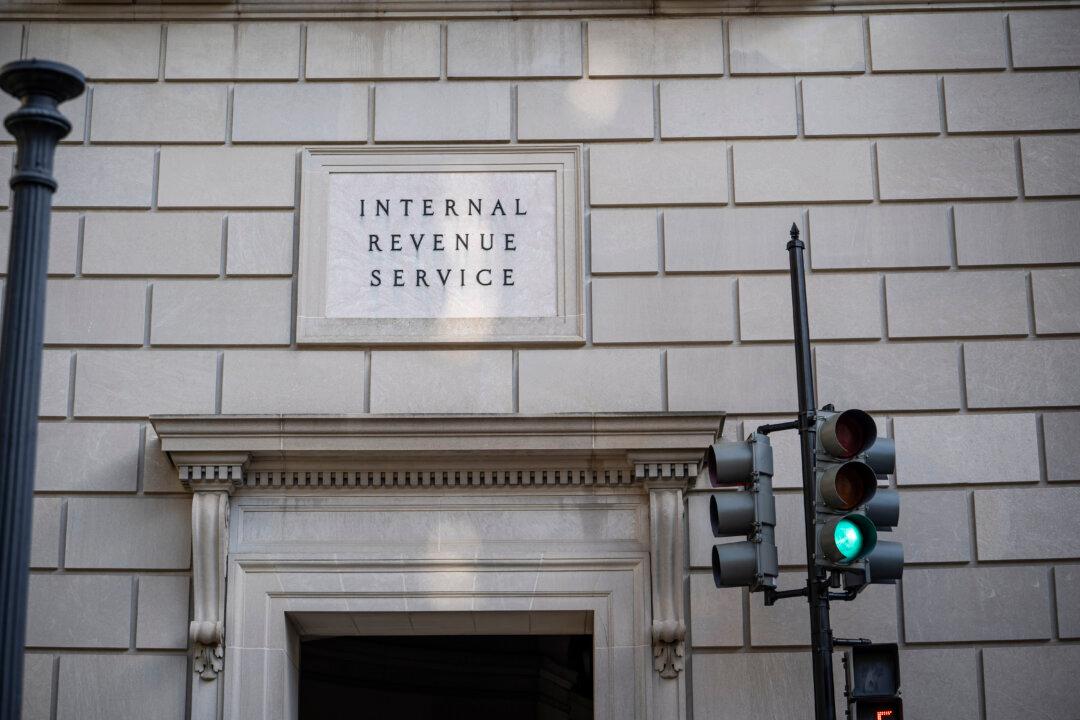Wall Street futures were up, European stocks slipped, and the U.S. dollar held near monthly lows on Friday ahead of the much-anticipated release of the key non-farm payrolls report later in the day that could spur the Federal Reserve to an earlier tapering of stimulus.
By 5:16 a.m. ET, Dow futures contracts
were up 0.04 percent, S&P 500 futures
were up 0.19 percent, and Nasdaq futures
were up 0.01 percent, suggesting Wall Street could be poised for gains on the opening bell.
The pan-European STOXX 600 index
was down 0.05 percent and the blue-chip STOXX 50
was down 0.06 percent by 5:20 am ET on Friday but on track for small weekly gains.
The DXY dollar index, which tracks the strength of the greenback against a basket of major currencies,
was up 0.02 percent at 92.233 by 5:24 ET after earlier touching 92.151 for the first time since early August.
“The market is seemingly running a progressive short USD position into today’s non-farm payrolls (NFP),” Chris Weston, head of research at broker Pepperstone in Melbourne, Australia,
wrote in a client note.
Weston argued that part of what’s keeping the dollar on the back foot was weak employment data coming out ahead of Friday’s non-farm payrolls report,
which showed private sector employment in the United States rose by 374,000 in August, sharply undershooting consensus expectations of 613,000.
Other data on
Wednesday showed U.S. manufacturing activity picked up in August but a measure of factory employment dropped to a nine-month low, with businesses reporting difficulties hiring suitable workers.
“The dollar is data-dependent—and that data has been downbeat, sending the dollar down,” Yohay Elam, FXStreet analyst,
wrote in an analysis, while suggesting that a strong non-farm payrolls print could send the greenback higher.
“The most significant statistic for the Federal Reserve’s critical September decision is August’s Nonfarm Payrolls, and a mix of exaggerated low expectations and overstretched dollar shorts could trigger a big bounce,” Elam wrote.
Signs of labor market strength could accelerate the Fed’s timeline for tapering its massive $120 billion bond-buying program, withdrawing some of the support that has helped lift stocks but has kept a lid on the dollar.
Federal Reserve Chair Jerome Powell
last week struck a largely dovish tone at the annual economic symposium in Jackson Hole, Wyoming, saying the central bank would continue buying bonds at the current pace until “we see substantial further progress” toward the Fed’s dual goals of price stability and maximum employment.
Powell said the “substantial further progress” test had been met for inflation and that there had been “clear progress” toward the maximum employment objective but struck a cautionary tone around labor market recovery in the face of the spread of the Delta variant of the
CCP (Chinese Communist Party) virus.
“The intervening month has brought more progress in the form of a strong employment report for July, but also the further spread of the Delta variant. We will be carefully assessing incoming data and the evolving risks. Even after our asset purchases end, our elevated holdings of longer-term securities will continue to support accommodative financial conditions,”
Powell said.
Powell said that if further signs confirm the strength of the labor market recovery, this could make it “appropriate to start reducing the pace of asset purchases this year,” with a possible announcement at the Fed’s next policy meeting towards the end of September.
The last two non-farm payrolls reports were solid and a third could tilt the picture towards an announcement at that meeting that would kickstart the Fed’s tapering.
“Powell left it up to the NFP, but data coming out ahead of the report looked awful and dealt the dollar another blow,” Elam wrote.
Weston predicted that Friday’s jobs report would likely fall short of expectations. This could prompt the Fed to delay tapering and put some downward pressure on the greenback.
“While the consensus for today’s NFP sits at 725k and I hear the so-called ‘whisper’ number sits at 715K, I’d argue the market is positioned for around 600k. I’d also argue a number sub-550k should see calls for the start date for Fed tapering from a few analysts is likely pushed out to 2022,” Weston wrote.
Wall Street’s main indexes have hit record highs recently, with the benchmark S&P 500 recording seven straight monthly gains, as investors shrugged off pandemic concerns and bet that the Fed would be in no rush to pull back on its easy money policies.
Reuters contributed to this report.





